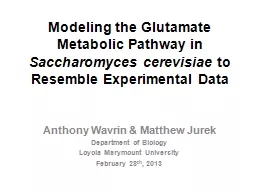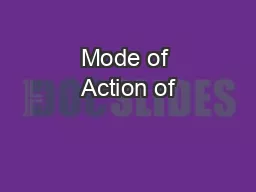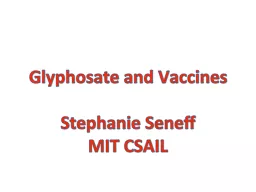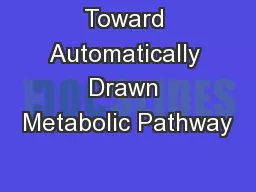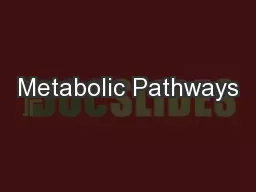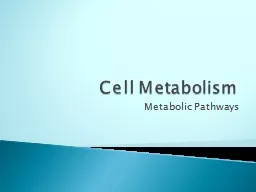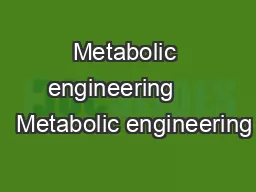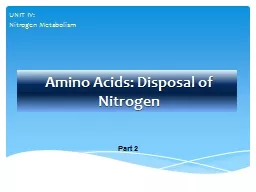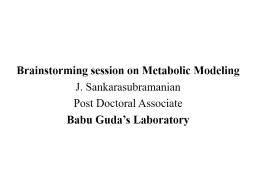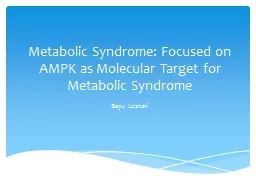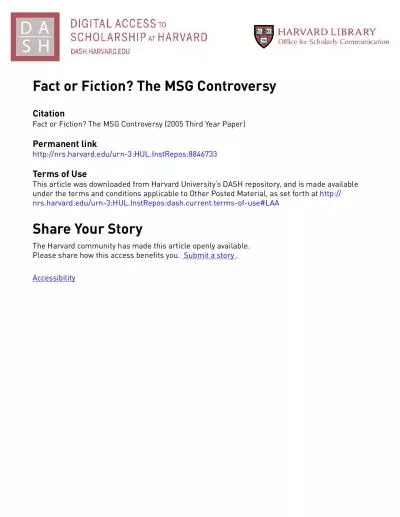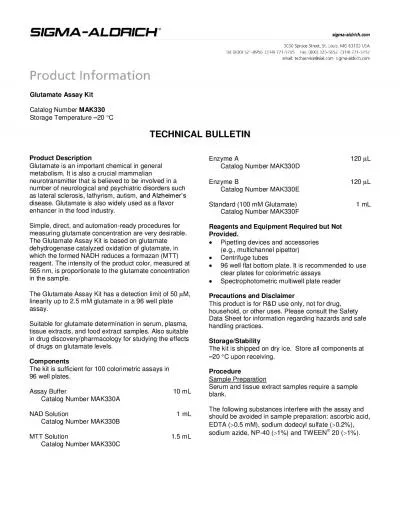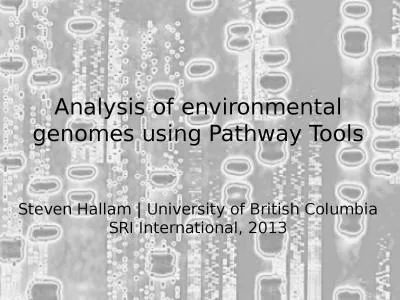PPT-Modeling the Glutamate Metabolic Pathway in
Author : liane-varnes | Published Date : 2018-11-04
Saccharomyces cerevisiae to Resemble Experimental Data Anthony Wavrin amp Matthew Jurek Department of Biology Loyola Marymount University February 28 th 2013
Presentation Embed Code
Download Presentation
Download Presentation The PPT/PDF document "Modeling the Glutamate Metabolic Pathway..." is the property of its rightful owner. Permission is granted to download and print the materials on this website for personal, non-commercial use only, and to display it on your personal computer provided you do not modify the materials and that you retain all copyright notices contained in the materials. By downloading content from our website, you accept the terms of this agreement.
Modeling the Glutamate Metabolic Pathway in: Transcript
Download Rules Of Document
"Modeling the Glutamate Metabolic Pathway in"The content belongs to its owner. You may download and print it for personal use, without modification, and keep all copyright notices. By downloading, you agree to these terms.
Related Documents

